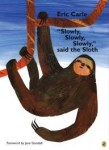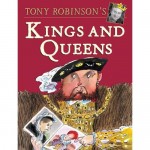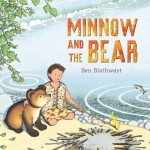Over the last month I have been forced to confront a new emerging reality. One where parents, and women in particular are unable to access information and support on birth, and parenting because of telephone, website and internet adult-content blocks and censorship.
I am facing a new world where as a parent I must choose between essentially turning on the porn and violence (assuming that remains an option) or being unable to access a vast number of websites about breastfeeding, birth, babies, parenting and health. These are precisely the sites that parents need to be able to access in order to make informed choices about their children, but the very filters intended to protect children prevent this.
As a responsible parent you would think that blocking adult content is a good thing – I personally do not want my children stumbling across hard core pornography and violence online. But in practice, whether you think it is a parental responsibility alone or whether governments, phone companies and ISPs should take the initiative and block content, the reality that is emerging is that this type of filtering doesn’t always (or maybe ever) work.
My story starts a with an awareness of the problems faced by many women on Facebook. Facebook has a reputation for banning pictures of women breastfeeding.
The issue became more personal at the end of July when I found that mobile phone company 3Â was blocking one of the world’s most highly regarded parenting and breastfeeding websites -Â kellymom.com. As a mother I have relied heavily on the information on this evidence-based website for years. Â Now if you go and look at it (if you can) this site isn’t even full of pictures of half naked women – which as a breastfeding website would actually be entirely appropriate. Many women have problems breastfeeding and one of the factors behind this may be that most of us have never seen a baby feed. Four weeks later – kellymom is still blocked and I am informed that the matter has been passed on to the relevant department, but that rectifying it will take an unspecified amount of time and involve complicated policy decisions by a team of people.
On the same day I discover another blocked website. The International Society for the Study and Prevention of Perinatal and Infant Death (ISPID) is a not-for-profit organization that is leading the world in discovering evidence-based preventive measures for stillbirth and sudden infant death. So it looks less and less like some kind of mistake based on porn websites with a similar name to Kellymom though this initially seemed to be a possibility.
This morning I decided that if these two sites were being blocked I would spend an hour seeing what else is inaccessible through 3. So I carried out some simple searches starting with terms such as birth choices. And voila! – in a short space of time I’ve a list of about twenty websites providing information and services to parents and parents-to-be that are blocked by my telephone network. These range from the internationally renowned KellyMom, to the Royal College of Midwives
http://kellymom.com/
http://ispid.org/
http://www.rcmnormalbirth.org.uk/
http://www.aims.org.uk/
http://midwifery.org.uk
http://independentmidwives.org.uk/
http://wearyourbaby.com/
http://altbirthchoices.com/
http://positivebirthchoices.com/
http://doula.org.uk/
http://www.mothersmate.co.uk/
http://www.independentmidwives-southeast.co.uk/
http://www.independentmidwives.com/
http://hypnobirthing.com/
http://hypnobirthing.co.uk/
http://www.thehypnobirthingcentre.co.uk/
http://activebirthcentre.com/
http://pregnancyandparents.org.uk/
http://www.bellybelly.com.au/
http://activebirthpools.com/
http://thenewbornbaby.com/
http://expressyourselfmums.co.uk/
None of these sites have adult content, they are all aimed at the very people who are likely to choose to have parental controls turned on. They range from small businesses, to birth classes, to the Royal College of Midwives!
So why does this matter? It matters because it isn’t clear what criteria these companies use, and it isn’t easy to get these websites unblocked. Blocking sites like this makes a mockery of the idea of parental controls, just at the point where they are about to be rolled out by ISPs. In order to be an informed and responsible parent, and to make the best decisions for our families and children will we have any choice other than to turn off all parental controls?
















